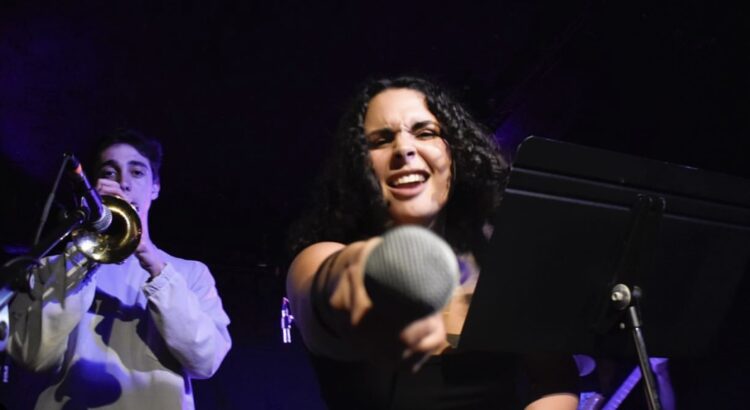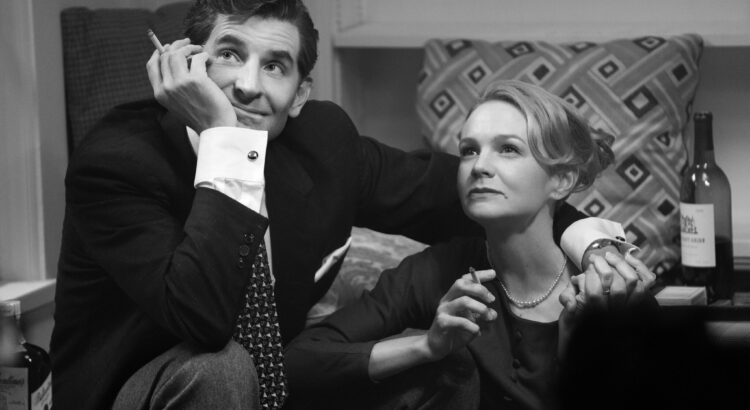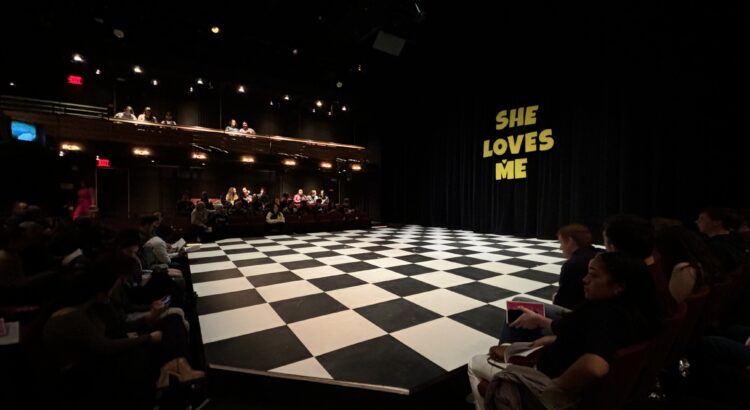Kerrytown Concert House recently hosted the magnificently versatile composer and pianist, Alyssa Smith. She is a recent graduate from the University of Michigan’s School of Music, obtaining her Masters of Jazz and Improvisational Studies last spring. She often frequented the Blue Llama Jazz Club in Ann Arbor with the Alyssa Smith Trio. Additionally, she held a flourishing piano studio for many students in the Ann Arbor community. Now based in New York City, Smith continues to enchant audiences with her sensitive and thoughtful playing. She is now working at the Brooklyn Music School while upholding her private studio, and performing in New York City with the Alyssa Smith Quintet.
The solo concert was entitled “Extemporaneous: Solo Piano Explorations”, featuring a culmination of Smith’s own improvisational compositions. She played a selection of six pieces, each with a different style and character. As a classically trained pianist, Smith delicately interweaves Romantic and Impressionist styles into her playing, along with inspiration from jazz greats like Bill Evans and Chick Corea. It is evident that she has transcended the realms expected of a concert pianist or a purveyor of jazz standards; rather, she has masterfully assimilated her profound understanding of these disciplines, fashioning them into her unique musical expression.
Smith introduced each tune with a personal statement or anecdote. Her remarkable capacity to intricately intertwine the humility and splendor inherent in the human experience was both impressive and deliberate. The themes of her pieces ranged from animals she admires to embracing change and even included a botched endeavor with fixing a broken medicine cabinet. When you think of these things, not often does virtuosic piano playing come to mind, but Smith finds a way to bring out humor and vitality in the ordinary.
Alyssa Smith will be back at Kerrytown Concert House in the spring with a new set featuring her playfully virtuosic pianism. Keep an eye out at https://kerrytownconcerthouse.com for her next performance—or if you are ever in New York City!




 guitar and violin/trumpet combo. I loved the selection of songs and the mediation of energy. Annabella Paolucci presented a beautiful violin sound throughout the set,
guitar and violin/trumpet combo. I loved the selection of songs and the mediation of energy. Annabella Paolucci presented a beautiful violin sound throughout the set,





